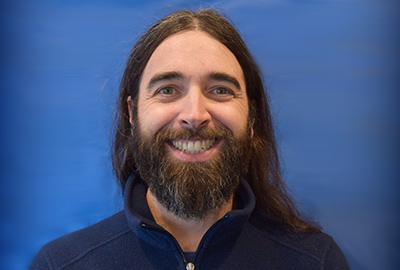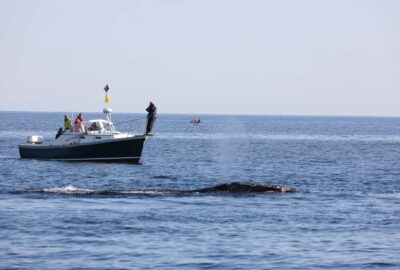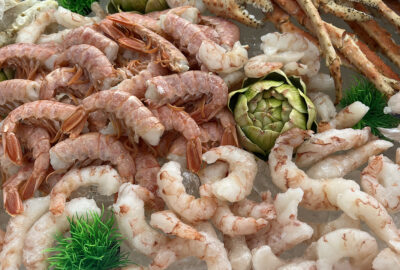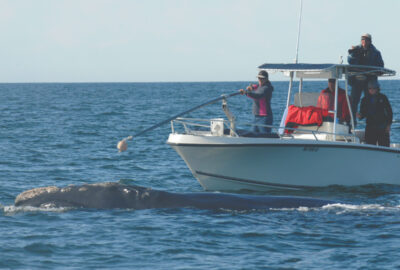Trends in area of occurrence and biomass of fish and macroinvertebrates on the Northeast US shelf ecosystem
By Kevin D. Friedland, Kisei R. Tanaka, Szymon Smoliński, Yanjun Wang, Cameron Hodgdon, Mackenzie Mazur, John Wiedenmann, Chandra Goetsch, Daniel E. Pendleton
Originally published in Marine and Coastal Fisheries in April 2023

Abstract
Climate change can affect the habitat of marine species and hence their persistence and adaptation. Trends in area of occurrence and population biomass were examined for 177 fish and macroinvertebrates resident to the Northeast U.S. Continental Shelf ecosystem. Samples of these organisms were taken during a time series of research bottom trawl surveys conducted in the spring and autumn 1976–2019. The occurrence area of each taxon was modeled as the distribution of occurrence probability based on a random forest presence/absence classification model. Following, a population biomass of each taxon was modeled as a minimum swept area estimate, where the ecosystem was stratified biannually based on each taxon’s spatial distribution. In both seasons, the sum of occurrence area and biomass across all modeled species increased over the study period. The summation of biomass is problematic since catchability is not known for most species; more importantly, most time series of individual species biomass trended higher. We found that the ratio of biomass to occurrence area, intended as a measure of productivity, showed no change in the autumn and had a weak increasing trend in spring. For the majority of taxa, the rate of change in biomass tracked changes in occurrence area (either positive or negative), but there were cases where the direction of change in biomass was opposite to the direction of change in occurrence area. Thermal conditions in surface waters appear to be a more important driver of occurrence area and biomass change than the change in thermal conditions near the bottom. These findings provide critical insights into the expected changes in ecosystem productivity transpiring with climate change.
Full Text





